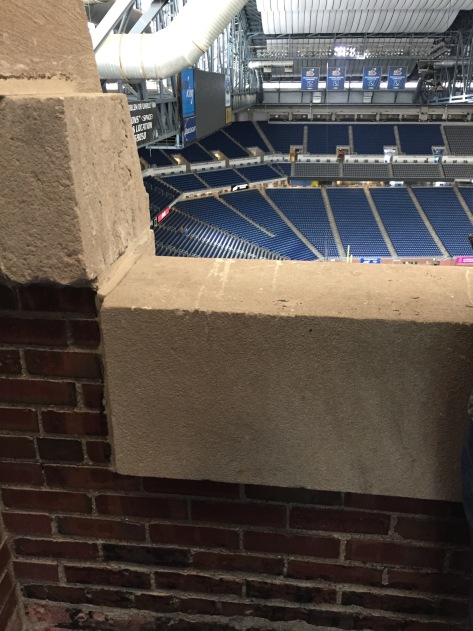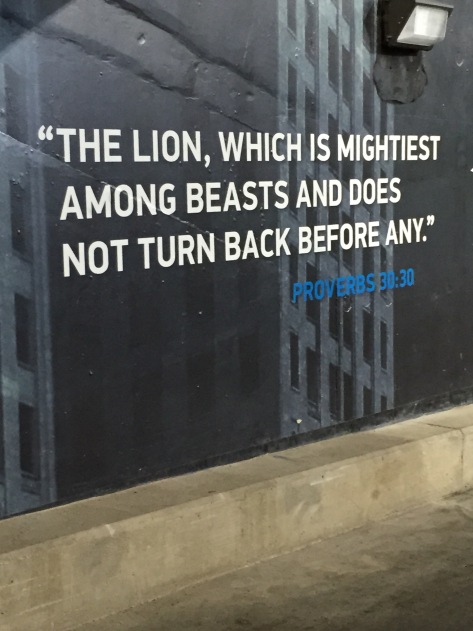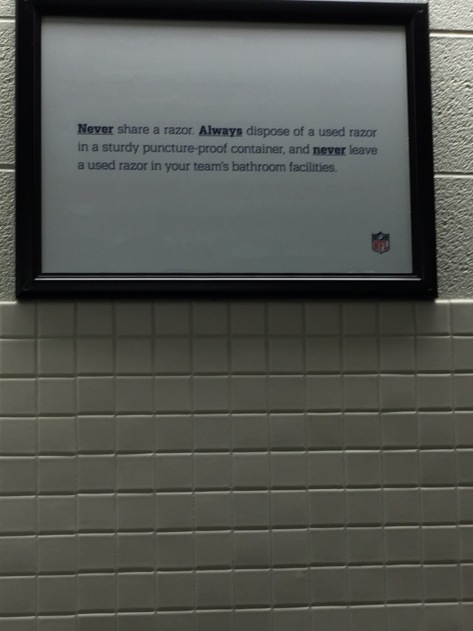“Life is hard.”
“Why me?”
“This sucks.”
Sound familiar? For many of us, these are daily mantras. We rant and rail against traffic, the weather, and a thousand other circumstances that we can’t control. Other people often top the list. Not only do things never seem to go our way, but why is everyone out to get us?
The truth is, most of these sentiments and statements and outlooks boil down to one thing: perspective. We can choose another way to look at almost anything… but we have to acknowledge that. And then we have to choose to choose differently.
If we think life is hard, then everything we experience will be framed by that belief. But we can decide that it doesn’t have to be that way. We can acknowledge that, sure, stuff happens… and a lot of it is pretty amazing! We can begin to see life’s little bumps in the road as opportunities to grow. Minor inconveniences are not insurmountable obstacles; they’re more like unexpected rain. We can put up an umbrella, or even get wet. Either way, it’s not the end of the world.
As for other people, most of the time they’re just lost in their own thoughts and lives. One of the Four Agreements (as explained in the book by that title by Don Miguel Ruiz) is “don’t take anything personally.” Other people’s actions, words, and behaviors are about them, not us.
While this principle certainly doesn’t excuse crime or abuse, it can offer us a path to forgiveness and peace for a thousand perceived transgressions, once we recognize that they are not personal. Rather, they are driven by the other person’s own fears and insecurities and efforts to survive this life (which they likely think is hard). If we recognize this, our capacity for empathy, even forgiveness, grows immeasurably. Forgiveness — and eventually acceptance — of other people in all their fallible, human glory is such a gift to ourselves.
I loved this post by Kara at Zen Barbell about one of her favorite phrases: “Just like me.” She writes:
As you are walking through a store (airport, busy area) you see some one just standing in the middle of the walkway, seemingly oblivious, blocking every one’s way. You start thinking “UGH! I can’t believe they are blocking every one’s way! How can they be standing there not aware that they are completely blocking traffic! How rude!”.
Now you add the “magical phrase” ‘just like me’. It now becomes “”UGH! I can’t believe they are blocking every one’s way! How can they be standing there not aware that they are completely blocking traffic! How rude!…Just like me!”
Not so funny but VERY eye opening. [Check out Kara’s other two magical phrases, This moment and Is it true? It’s a great series of posts, and her source material is well worth reading, too.]
We are all human, and we can all use more compassion, toward ourselves and toward others. Sometimes it’s easier to start within, and sometimes without. But starting is key. Compassion can help us shift toward a mindset of possibility and wonder.
Another way to start shifting our perspective is by practicing gratitude every day. Perhaps before bed, or first thing in the morning, find three things for which you’re thankful. Write them down if you really want to build up a gratitude collection. Flipping through a week’s or a month’s worth of entries is a great boost when we need one.
It might seem silly or even elusive at first. But if we let it, writing these down can take on a momentum of its own and help us trade in a mindset of scarcity for one of abundance.
There are lots of other ways to shift perspective, and I will write more about it in future posts. For now, try letting this practice work its magic. When we are filled with gratitude, there is less room for grievances. Life might start to seem a little easier, a little lighter… even with the traffic and bills and cranky co-workers.
Speaking of making things easy, I used that approach today when I exercised before my morning shower. In the interest of spending more time upside down, and knowing my own tendency sometimes to push too far, too fast, I could have tried diving right in to handstands against the wall. Instead, I decided to ease in and play with some more gentle versions of, well, inversions: downward facing dog and standing forward bend.
In a lovely bit of timing, shortly thereafter I received an email with this link: 5 Yoga Inversions for Beginners. It confirmed what I had applied in my morning practice; downward facing dog definitely counts as an inversion. It also gave me some more places to play as I rebuild my strength and comfort in upside-down positions. (I probably won’t practice number 5, supported shoulderstand. I have found that pose to be contraindicated for me as a migraine patient. As with any physical endeavor, it’s important to know our bodies and consult with experts when needed, especially when trying new activities.)
In fact, I was reminded this morning that I’ve been doing these poses relatively often all along, so my inversion game isn’t quite as rusty as I originally may have thought. Now I can build from here and benefit from turning my world upside down more and more each week.
Practicing gratitude and otherwise trying to shift our perspective might also feel a bit like turning our worlds upside down at first. But I truly believe the benefits — across the board — will be more than worth it.







